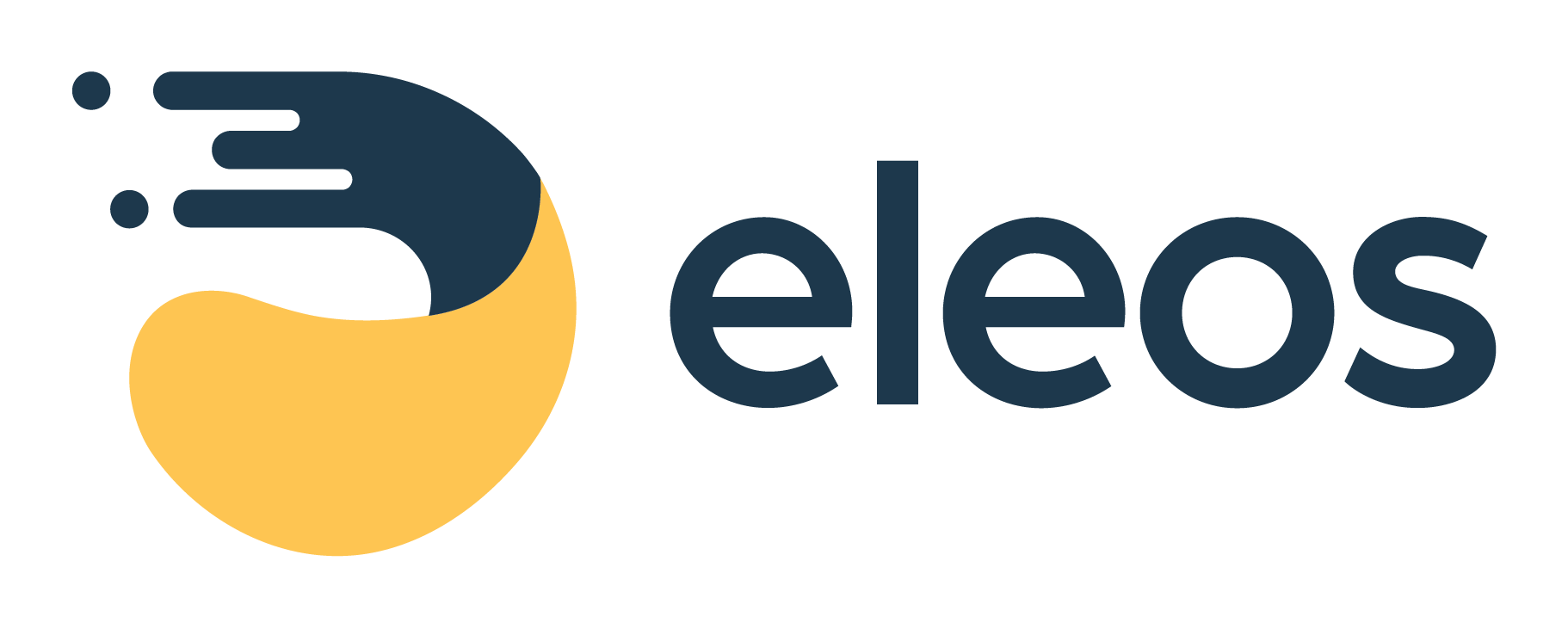From what we hear in the market, one of the biggest barriers to artificial intelligence (AI) adoption in behavioral health is making the solution work in tandem with existing tech workflows — especially when it comes to your electronic health records (EHR).
We get it. One of the most compelling AI use cases in the healthcare space is automated documentation, and for most organizations, “documentation” is pretty much synonymous with “EHR.” So, the next logical question is: How should your AI solution connect to your EHR?
There’s no one-size-fits-all answer. However, understanding the three primary EHR-to-AI-system connection types — integrated, embedded and built-in — is the first step toward finding the best AI solution for your needs. In this article, we’ll define each connection approach, highlight the main indicators that it might be a good fit for your organization, and lay out the most essential questions to ask any vendors you’re evaluating.
1. Third-party integrated solutions
A third-party integrated AI solution connects deeply with your EHR, theoretically allowing AI-enabled documentation to happen seamlessly within existing provider workflows. This type of solution may automatically map data to the appropriate EHR fields, which means fewer clicks for the user and a more cohesive, streamlined experience.
Signs this connection type will work well for your organization
- You want an AI solution that operates within your EHR’s existing workflows with minimal extra clicks.
- Your organization has the time and information technology (IT) resources to manage extensive API configurations and data mapping.
- You need a solution that aligns closely with your organization’s current documentation structure and templates.
Signs this connection type may not be ideal for your organization
- Your IT team lacks the bandwidth for deep integration work and ongoing API management.
- You need a more flexible solution that can adapt quickly to workflow changes.
- You plan to switch EHRs in the near future, making a deeply embedded connection risky — you may not be able to replicate it in your new system.
- You need a solution that will be easy to implement — and quick to go-live. (Deep integrations can take months of back-and-forth.)
Questions to ask the AI vendor
- How does your integration work with my specific EHR?
- What level of customization is available for note templates and workflows?
- What kind of IT support is required during and after implementation? How much of that support will you provide?
- How long will it take to finalize the integration so we can begin using the solution?
- How do updates to the AI solution impact its integration with our EHR?
2. Third-party embedded or overlaid solutions
An embedded or overlaid AI solution functions as an external layer within or on top of your EHR. It does not require complex coding or a deep technical integration, but instead interacts with the EHR dynamically — often via a simple browser extension.
Signs this connection type will work well for your organization
- You want a lightweight AI solution that does not require a heavy IT lift or complex API work — and one that will be up and running relatively quickly.
- Your organization values flexibility and the ability to switch EHRs without losing AI capabilities.
- You need an AI solution that enhances existing workflows for providers who receive access to it — without disrupting core EHR functionality for other staff.
- You’re looking for a solution that prioritizes AI innovation.
Signs this connection type may not be ideal for your organization
- Your organization has highly specific or tailored documentation needs that require AI-generated note content to map directly to certain EHR fields.
- You prefer an AI solution that functions as a fully native EHR feature.
- Your existing processes and solutions for compliance/regulatory adherence demand a full EHR integration.
Questions to ask the AI vendor
- How does the overlay interact with my EHR without requiring deep integration?
- What security measures are in place to ensure HIPAA compliance and data protection?
- Can this solution work in a mobile or fieldwork setting? What about telehealth?
- How does your AI technology adapt to workflow changes over time?
3. Built-in (EHR-owned) AI solutions
A built-in AI solution is developed and maintained by the EHR vendor. It is directly embedded within the system, offering an all-in-one experience.
Signs this connection type will work well for your organization
- You want an AI documentation tool that is natively supported by your EHR provider.
- Your organization prioritizes vendor stability and long-term continuity over cutting-edge innovation.
- You prefer to work with a single vendor for both EHR and AI documentation solutions.
Signs this connection type may not be ideal for your organization
- The built-in AI solution lacks the specialization, sophistication, functionality and flexibility of more nimble, innovative third-party solutions.
- You want an AI partner who keeps pace with innovation, technical best practices, and policy updates.
- You don’t want to risk losing your AI functionality entirely if you switch EHRs.
- You need a solution that’s user-friendly and easy to implement.
Questions to ask the AI vendor
- How does your AI solution compare to third-party AI offerings in terms of current features, future roadmap and customer proof points?
- What level of customization is available within your AI documentation system?
- How frequently is your AI technology updated, and what influences your development plans?
- How does your AI solution handle regulatory compliance and payer requirements?
Finding the best AI solution for your organization
When selecting an AI documentation solution for your behavioral health organization, it’s important to consider how well it aligns with your workflow, IT capabilities and long-term strategy. Whether you choose a deeply integrated, embedded or built-in AI solution, it’s crucial to evaluate the flexibility, scalability and security of any potential vendor. Asking the right questions and thinking critically about your organization’s future needs will help you make an informed decision that benefits both your clinicians and your bottom line.
Want to take a deeper dive into these three EHR connection types—and see a vendor comparison chart? Download a comprehensive guide to EHR-AI connection types here.
About Eleos

Eleos simplifies documentation and compliance for behavioral health providers. Our specialized AI cuts admin time by over 70% and provides clinical insights to drive better outcomes. We lighten the load so providers can focus on what they do best — caring for their clients.




